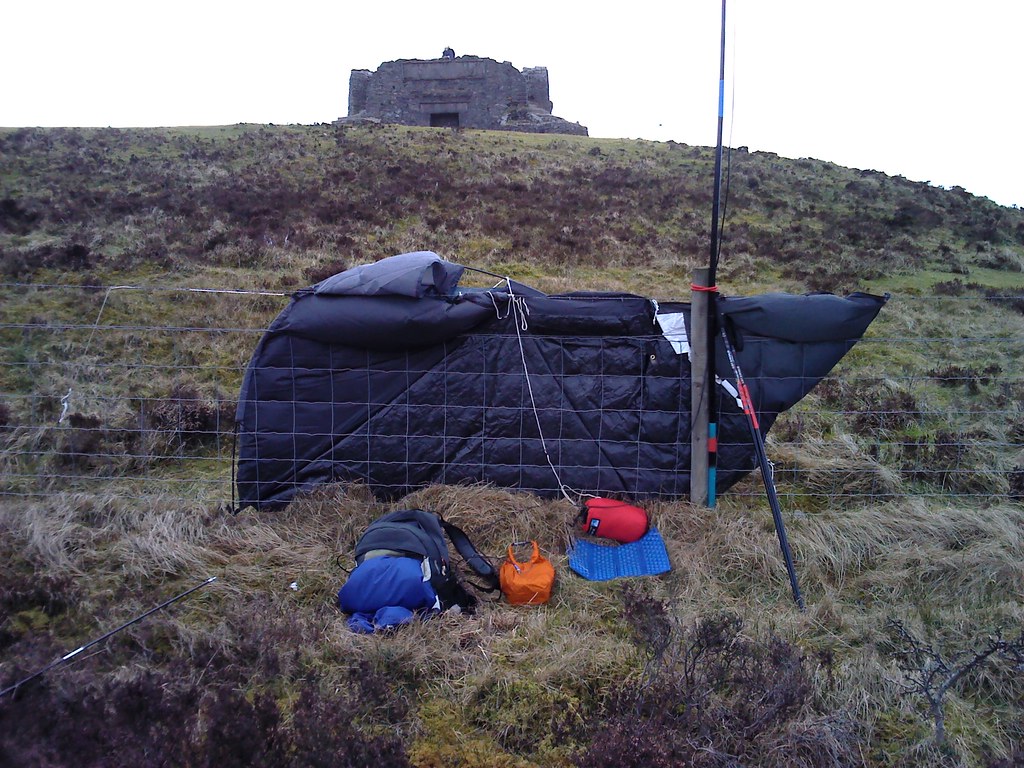Thanks to everyone for the great suggestions in this thread! Gives me lots of ideas to think about. The inline pictures on the new reflector definitely add to the discussion as well.
Indeed, I discovered that switch before SOTA even existed, as I got my first FT-817 in 2001.  I have always used position 2, which cuts some of the excessive bass components. However, nearly all of the MH-31 samples with which I have experience (probably at least a dozen of them, half of which are my own) are seriously lacking in high frequency response.
I have always used position 2, which cuts some of the excessive bass components. However, nearly all of the MH-31 samples with which I have experience (probably at least a dozen of them, half of which are my own) are seriously lacking in high frequency response.
I have done many comparisons, usually using a variation of the following setup. The microphone under test feeds an FT-817 (or another FT-8x7 model), transmitting into a dummy load. An FT-857 (or another FT-8x7 model), fed into a decent sized bookshelf speaker, sitting next to the first radio, is used to monitor the transmitted audio.
I have compared a number of MH-31 samples, as well as several of the MH-36E8J (DTMF mic), the MH-59A8J (remote control mic for 857/897), several of the MH-67A8J (stock mic for original FT-450 and various Vertex commercial radios), and others, with everything else the same. Invariably, the MH-31 always sounds worse than any of the others. If there were no such basis for comparison, the MH-31 would sound adequate, but it doesn’t even come close to taking advantage of the audio capability of that series of radios.
I recently tried a similar comparison with a friend who has an FT-847, which also uses an MH-31. Unfortunately, that radio uses a round Foster connector instead of a modular jack, so we could not try any of my condenser mics with it. It didn’t seem to sound as bad as I expected it to with an MH-31. What I was able to try was swapping just the MH-31 itself with one of mine, while still using his cable. Interestingly, it sounded considerably worse than his mic.
I later had a similar experience with another friend who has an FT-450D, also with an MH-31, and again, his sounded considerably better than mine. Those are the only two samples I have found which are not abysmal. However, even the one from the 450D did not sound as good as an MH-67A8J on the same radio. It is odd that there are variations in the audio quality of the same model of mic. It does not appear to be a matter of age, as the FT-847 in question is quite old and the FT-450D is very recent, while the other samples span many years from quite old to recent as well. Perhaps Yaesu changed mic element manufacturers several times or something…
Several variables affect the specific results which will be obtained with a given mic and radio combination:
-
The mode used has a significant effect, as AM, FM, and SSB all have different frequency response characteristics. However, the condenser mics invariably sound better than the dynamic mics in all of my testing.
-
The particular operator’s voice has an effect as well, though again everyone who participated in any of these tests sounded better on the condenser mics than the dynamics.
-
A hugely important, and often totally ignored, feature of the FT-817, FT-857, and FT-897 which has a tremendous effect is the carrier insertion point adjustment. Every single sample of each of these models which I have checked has been able to be improved over the default settings by tweaking these adjustments. I find that one can get very close to optimum simply by setting the USB and LSB receive offsets to provide identical-sounding no-signal noise characteristics (with a good balance of high and low frequency components), then setting the transmit offsets for each mode to the same values as the receive offsets. The use of a setup similar to that detailed above can allow further tweaking to match the operator’s voice characteristics if desired. Note that if one has an optional SSB filter installed (especially in an FT-857/FT-897 where it is easily switchable), the settings may need to be tweaked for a good compromise between the slightly different characteristics of the stock and optional filters.
In summary, I believe that many people would be shocked by just how much improvement can be made simply by switching to an MH-67A8J and tweaking the carrier insertion point adjustments. The MH-67A8J sounds so good that I obtained a second one to dedicate to FT-817 use, and will likely pick up more of them in the future. I have also added TCXO modules to all of my FT-8x7 models and zero beat them against WWV, as I really appreciate the added frequency accuracy and stability, but that’s another story…
—73 Karl KA3RCS



 I carry an 8kg load, including the tent which weighs in at 2.5kg. This means I can be sitting comfortable and warm on a summit in winter and enjoy lunch and the activation, however long it takes.
I carry an 8kg load, including the tent which weighs in at 2.5kg. This means I can be sitting comfortable and warm on a summit in winter and enjoy lunch and the activation, however long it takes.